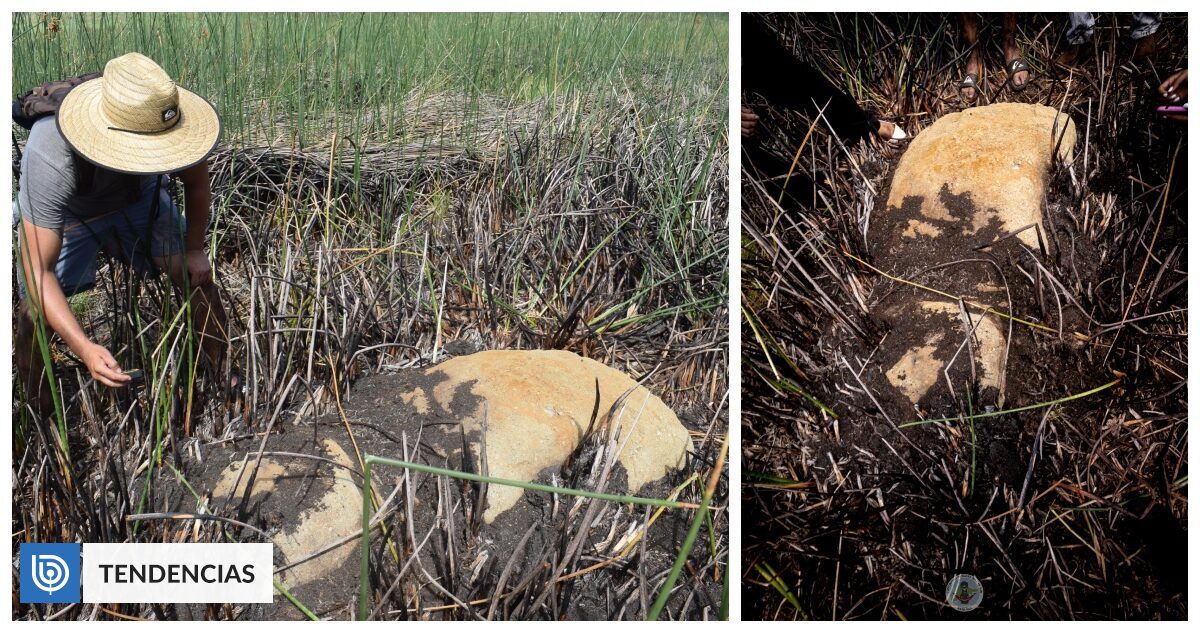As Rapa Nui’s lake dried up, new moai were discovered that were previously unknown to the island’s indigenous people.
new moai found Rapa Nui as announced by the community, is buried in the dry bottom of the island lake Mau Henua We confirmed the findings to the US press and later to BioBioChile.
The announcement was made on February 25th, but the discovery was made earlier last week. As pointed out by Ma’u Henua Salvador Atan Hito Vice President good morning america From ABC News, “For the people of Rapa Nui, it’s a very important discovery because it’s here in the lake and no one knows it exists. I didn’t know him.”
The same site asserts that the moai found are smaller than other moai already known on “Isla de Pascua”.
“We think we know all the moai, but another moai appears, in this case a new discovery in the lake,” said a University of Arizona archeology professor who specializes in these famous statues. said Dr. Terry Hunt. “It’s the first of its kind,” he stressed of where it was found.
He also explains that climate change has affected the drying of the lake, creating this “rare opportunity” to study the area, and with humans, if these conditions continue, even more moai will be born. is expected to be discovered.
According to a study published in the journal pro swanthe lake dried up a few years ago and disappeared between 2018 and 2021.
“The moai are hidden in the tall reeds that grow in the lake, and if you look with something that can detect what’s below the surface, you’ll find that there are actually more moai in the lake bed sediments. If there are moai in , there are probably more moai than that,” the archaeologist explained.
Researchers are now planning to study the moai to find out how long ago they were carved, according to people.
discover
As the community explained in a statement, the discovery was “made by a team of scientific volunteers from the University of Chile, U. Andrés Bello and U. O’higgins. The fire that broke out in Ranoraraku
October 4th last year.
They reported that a possible moai was discovered within the Rano Raraku crater on Monday, February 20, after which the Mau Henua Heritage Conservation Unit surveyed the land and produced an archaeological report. . Lagu’s “Crater Wetlands”.
They showed it was a Moai of Lapiri Tuff. Despite being heavily eroded, its main facial attributes can be discerned.
“This moai has a high potential for scientific and natural research.It is a very unique discovery. Because it’s nothing new,” they pointed out from the community. “Their research is strictly dependent on the history we know and how our ancestors used this cultural settlement and resource, as well as the changing environment/climate of Rapa Nui. Wetlands that have changed over the years through periods of drought and drought may provide another perspective on the transformation of ideologies and rituals over time.
Likewise, they said, “It will be very important to foster oral traditions of our sages and honui, which can provide better and more knowledge about this amazing discovery through history and ancestral songs.” was evaluated as
Source: Biobiochile


